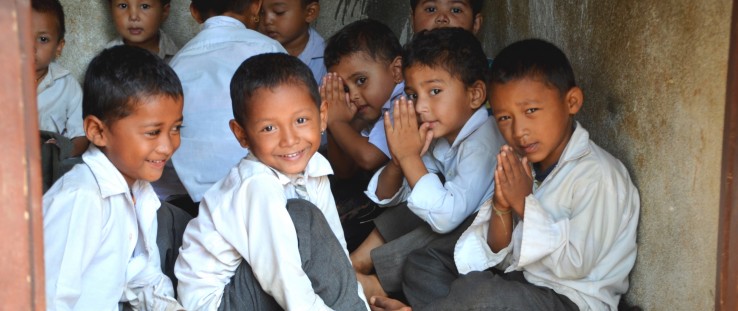 Children are back at school in Dhading district, one of the most severely hit districts during the Nepal earthquakes. All the districts received USAID support.
Jessica Benton Cooney, USAID
Children are back at school in Dhading district, one of the most severely hit districts during the Nepal earthquakes. All the districts received USAID support.
Jessica Benton Cooney, USAID
 Children are back at school in Dhading district, one of the most severely hit districts during the Nepal earthquakes. All the districts received USAID support.
Jessica Benton Cooney, USAID
Children are back at school in Dhading district, one of the most severely hit districts during the Nepal earthquakes. All the districts received USAID support.
Jessica Benton Cooney, USAID
For farmers such as Rohini Prasad Kadariya, 74, the lasting impact of the April 25, 2015, earthquake in Nepal has not just been the physical devastation of his house in Khimti Village Development Committee, Ramechhap district, but also the mental trauma chronically retriggered every time there is an aftershock. There is also the feeling of uncertainty about the future due to the loss of his farming livelihood.
Kadariya now lives with his family of three in a nearby mud hut, which also holds his corn harvest, piled into the loft and rising up to the ceiling. At the time of the earthquake, Kadariya was with his daughter at a hospital in another town. He returned to Khimiti to find his house collapsed. Since then he says he is constantly scared and unable to sleep.
Stories like Kadariya’s are not uncommon in post-earthquake Nepal. Although it has been one year since the earth shook— once, with the first magnitude 7.8 earthquake on April 25, followed by numerous aftershocks, including a significant aftershock measuring 7.2 on May 12—people are still struggling with the residual impacts of losing their homes, family members and, for many, their primary source of income. However, it is the mental and social toll that remains the unseen torment of many survivors.
“It is also one of the most complicated aspects of a post-disaster response to address, but critical for building personal and community resilience,” said USAID/Nepal Mission Director Peter Malnak. “Helping people feel safe and secure through preparedness activities and earthquake-safe housing reconstruction only goes so far. True resiliency is attained when people believe that no matter what the future brings, they have the tools and the know-how to recover.”
Immediately following the earthquakes, the U.S. Government pledged $130 million to support Nepal’s earthquake relief and recovery needs. This included expanding existing programs to address earthquake-related needs like psychosocial support for vulnerable earthquake survivors in the most-affected districts as well as new programs to support housing reconstruction.
Pandab Prasad Prasai, a USAID funded counselor who oversaw five villages in Ramechhap district, 117 miles (189 kilometers) from the epicenter of the earthquake in Gorkha district, worked to identify traumatized people and provide counseling, emotional support and psychological first aid. He was among the six district psychosocial counselors and 16 community-level counselors trained by USAID who attended to the emotional well-being of 1,089 disaster survivors.
Prasai advises patients seeking help to socialize, be active in their communities, and listen to music or sing. His goal is to provide services to individuals before they develop more serious mental health problems or full post-traumatic stress disorder. He’s also helping train a new, 103-strong cadre of community-based health workers to handle mental health issues when future disasters strike.
Prasai said incorporating treatment of psychosocial symptoms into earthquake recovery is vital before individuals develop more serious mental health problems or post-traumatic stress disorder.
“This is especially relevant as victims are often unable to recognize that the physical symptoms of nausea, tight muscles, sweating, lack of appetite and head pain are due to the emotional stress from the earthquake,” he said.
Kadariya, the farmer, joined nearly 1,700 people who have sought mental health care from the earthquake after recognizing symptoms of psychosocial trauma following a visit from Prasai.
Another community psychosocial worker in Dolakha district—where USAID’s Combating Trafficking in Persons program expanded psychosocial services immediately after the earthquake—described his work with a recent widow whose fearfulness and sadness deepened after the earthquake struck.
In the initial assessment, the counselor said she was reserved and expressionless, and later in one of the counseling sessions, she complained of fear and acute sadness. After several sessions, the counselor said his patient now “looks happier than before, and her self-esteem and confidence have increased.” After a few more sessions—initiated now by the patient—the counselor plans on closing the case.
Hurdles to Recovery
Residents of these earthquake-affected districts often do not know where to start rebuilding their lives after losing everything. Moreover, they face an increased risk of sexual harassment, gender-based violence and rape—especially children and women—from shared living spaces in temporary shelters and heightened aggravation due to loss and poor support systems.
The earthquakes have also made people more susceptible to the lure of traffickers who promise lucrative jobs and a better life in India, Asia and the Middle East. In fact, the Indian Home Ministry has cited a three-fold jump in human trafficking in Nepal since the earthquakes.
“To address the spike in cross-border trafficking, the USAID CTIP (Combating Trafficking in Persons program) partnered with the Ministry of Women and members of the National Committee to Combat Human Trafficking to host four border meetings with Government of India’s counterparts and local anti-trafficking organizations,” says Maria Barrón, director of USAID/Nepal’s Democracy and Governance Office. “In the earthquake-hit districts, the CTIP program is protecting vulnerable people through psychosocial care, awareness-raising, legal assistance, police partnerships, improved shelters and economic alternatives.”
When young women and girls are rescued, they are often ostracized from their families and communities, and require help with reintegration. USAID’s CTIP partner organizations such as Shakti Samuha, founded by a group of trafficking survivors like Charimaya Tamang, have increased their efforts since the earthquakes to assist survivors in rebuilding their lives by providing shelter, legal aid, vocational training and counseling to trafficking victims and by creating a sense of belonging.
USAID-backed radio programs are also providing mental health information that can be passed on to the affected communities, directing them to available services.
Another partner, Transcultural Psychosocial Organization Nepal, promoted the emotional well-being of people in vulnerable communities to reduce the stigma of psychosocial care and encourage survivors to seek treatment.
With USAID funding, the organization also developed the first bilingual psychosocial web platform, called Manosamajik Suswasthya, for use by earthquake recovery responders. The platform educates users about psychosocial care in Nepal and includes user-friendly audiovisual materials for counselors, health care professionals and the affected population at large.
The main goal of the platform is to promote psychosocial well-being and share basic coping tips to deal with mental health issues that arise from disaster and violence-related trauma. All the materials are accessible via downloads onto Android devices and online in both English and Nepali.
Aneta Buraityte of The Asia Foundation contributed to this article.
New Limbs, New Life
An earthquake can crumble anything in its path: homes, health centers, schools, workplaces and, quite often, bodies.
Part of USAID’s work in Nepal involves providing prosthetic devices, access to rehabilitation services, community reintegration and counseling services for survivors such as sixth-grade student Sandesh Basnet. When Sandesh’s school collapsed, his legs were crushed under the roof during the first earthquake. With the assistance of a USAID-supported rehabilitation center, Sandesh quickly adjusted to navigating a wheelchair, and now walks and runs with two prostheses tailored just for him. Read the story about Sandesh’s journey and remarkable progress in “Learning to Walk Again” on USAID’s Exposure site.
Since 2001, USAID and other donors have provided equipment and technical assistance through Handicap International to help expand the rehabilitation center, including $300,000 to scale up its reach post-earthquake. This included 12 mobile rehabilitation camps in remote and unserved areas in the affected districts, providing community-based clinical assessment, therapy sessions and referral services, physiotherapy, and vocational training opportunities to rebuild hope for the future.







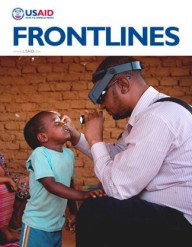

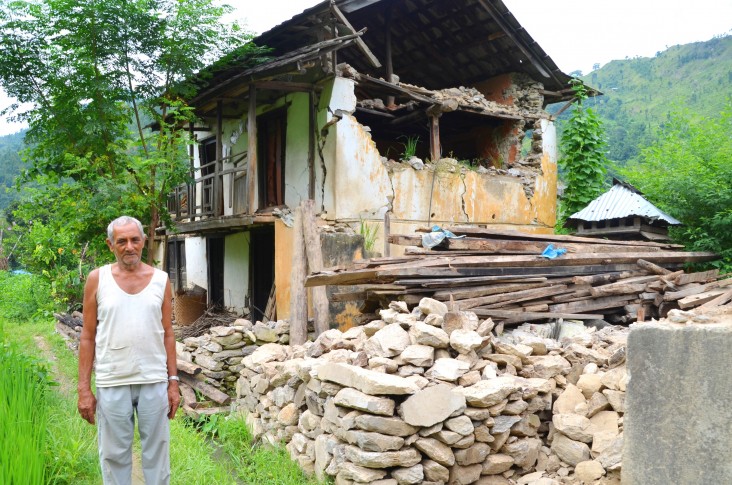
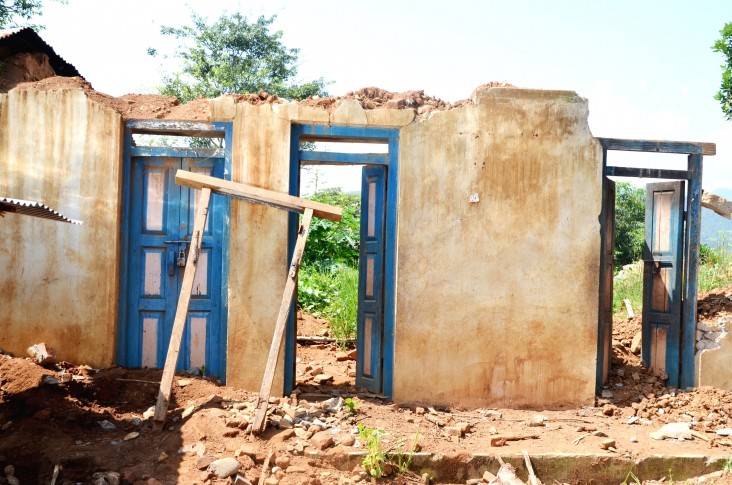
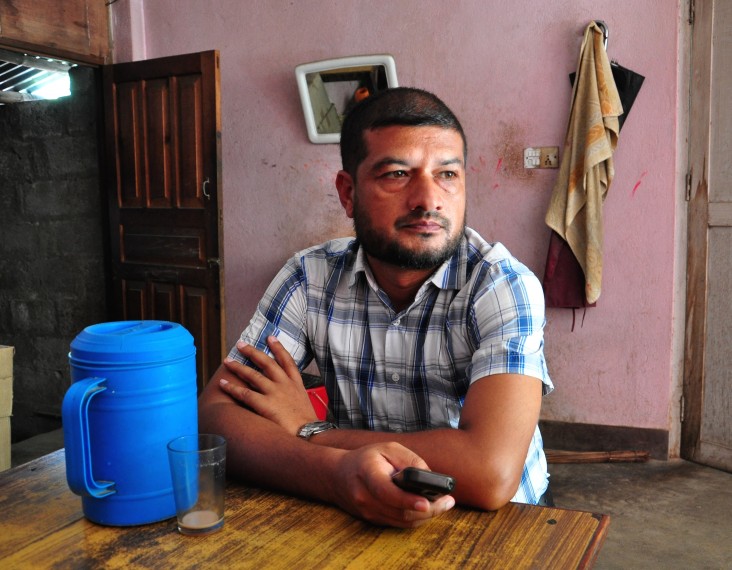
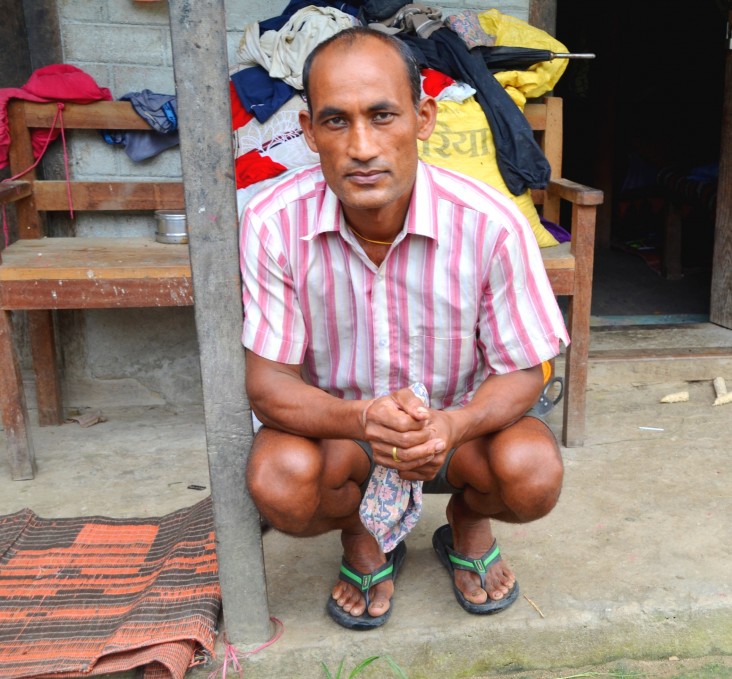
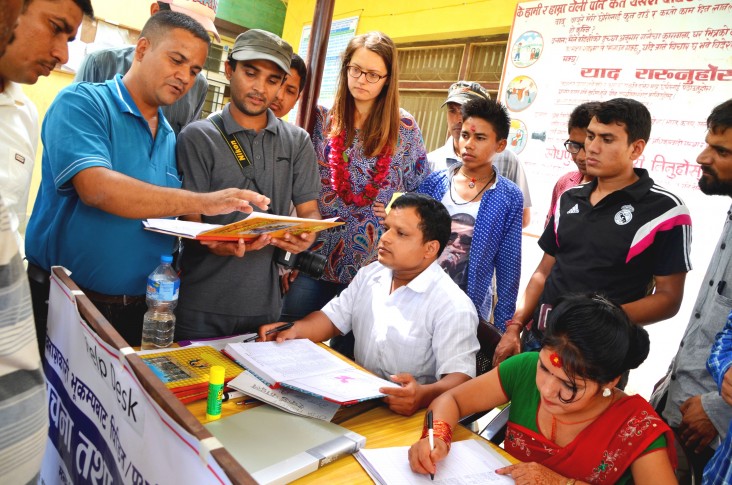
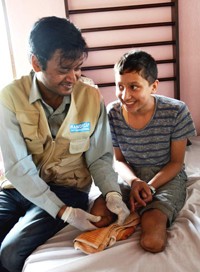
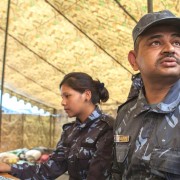
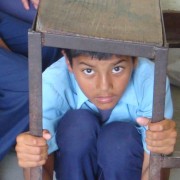
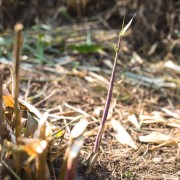
Comment
Make a general inquiry or suggest an improvement.